Day 40 - The Chūgoku 33 Temple Kannon Pilgrimage, Japan - The Sixty Driftwood Buddhas in Tadaji Temple #22, and Walking From Hamada to Gotsu

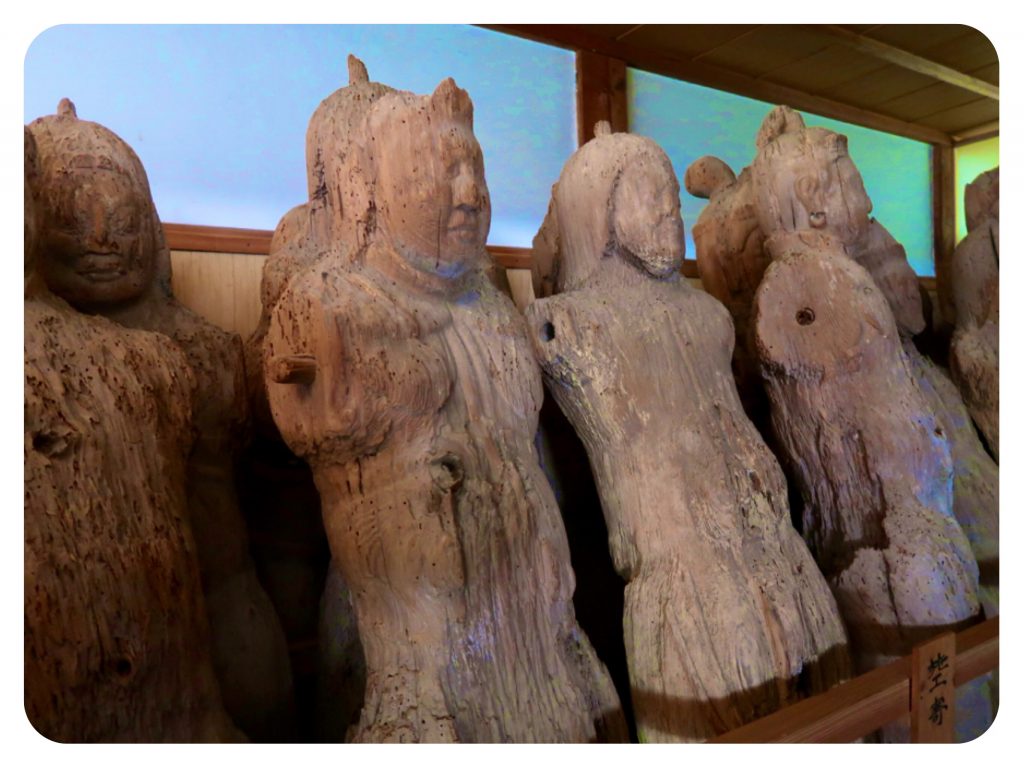
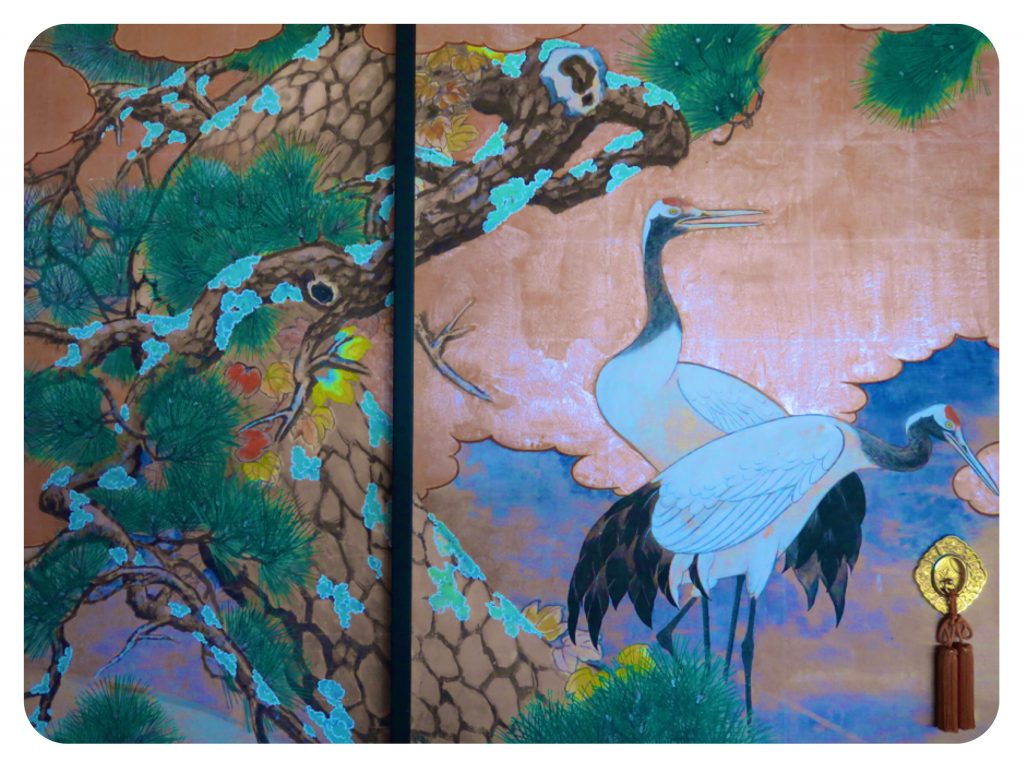















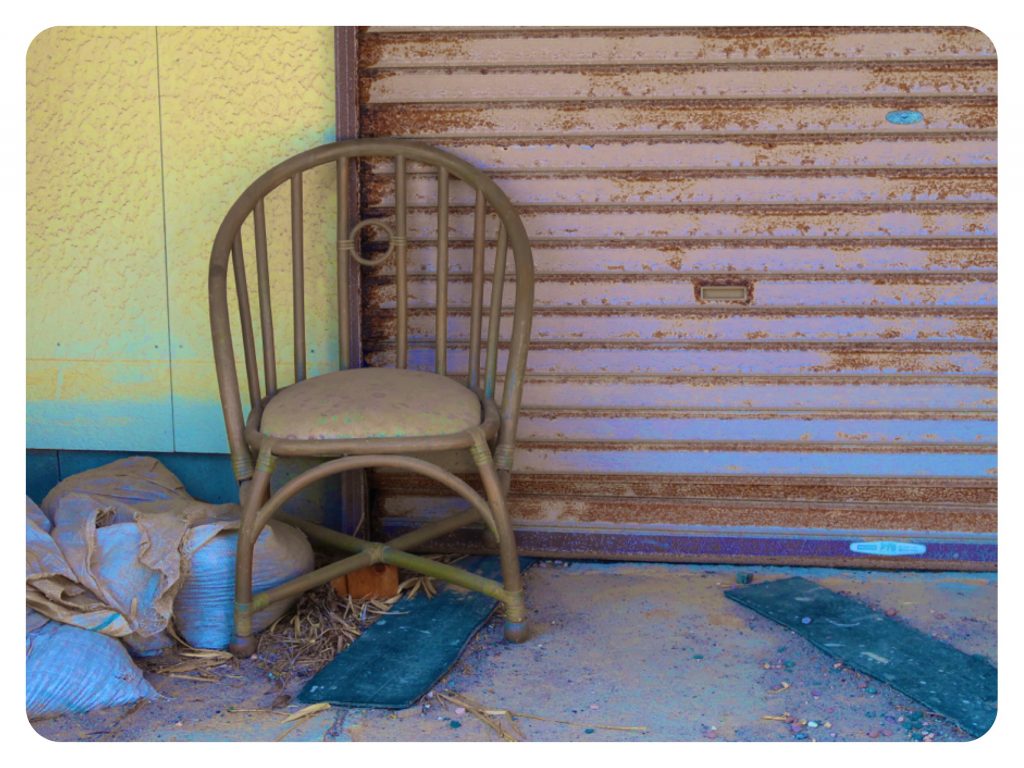








































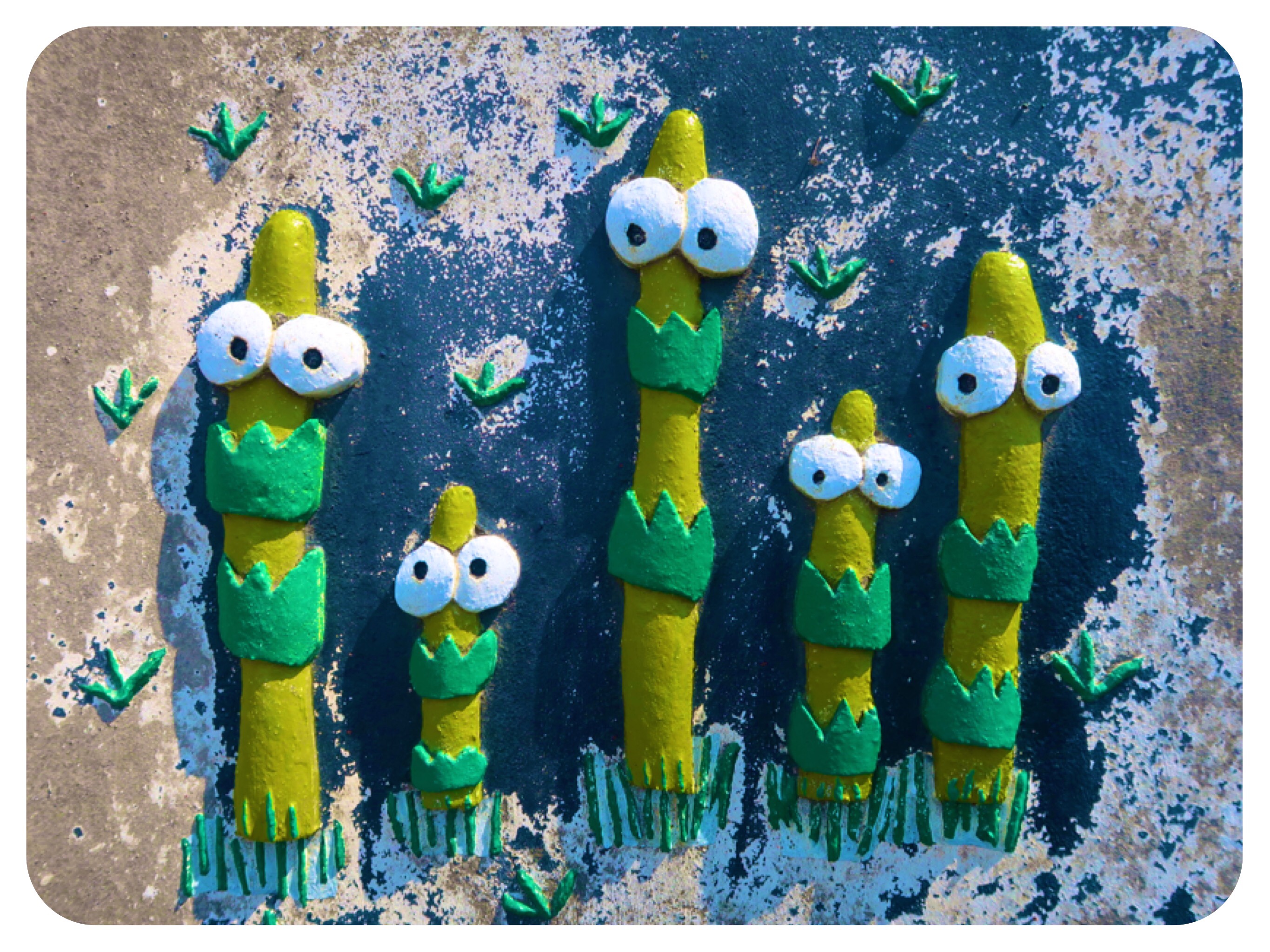


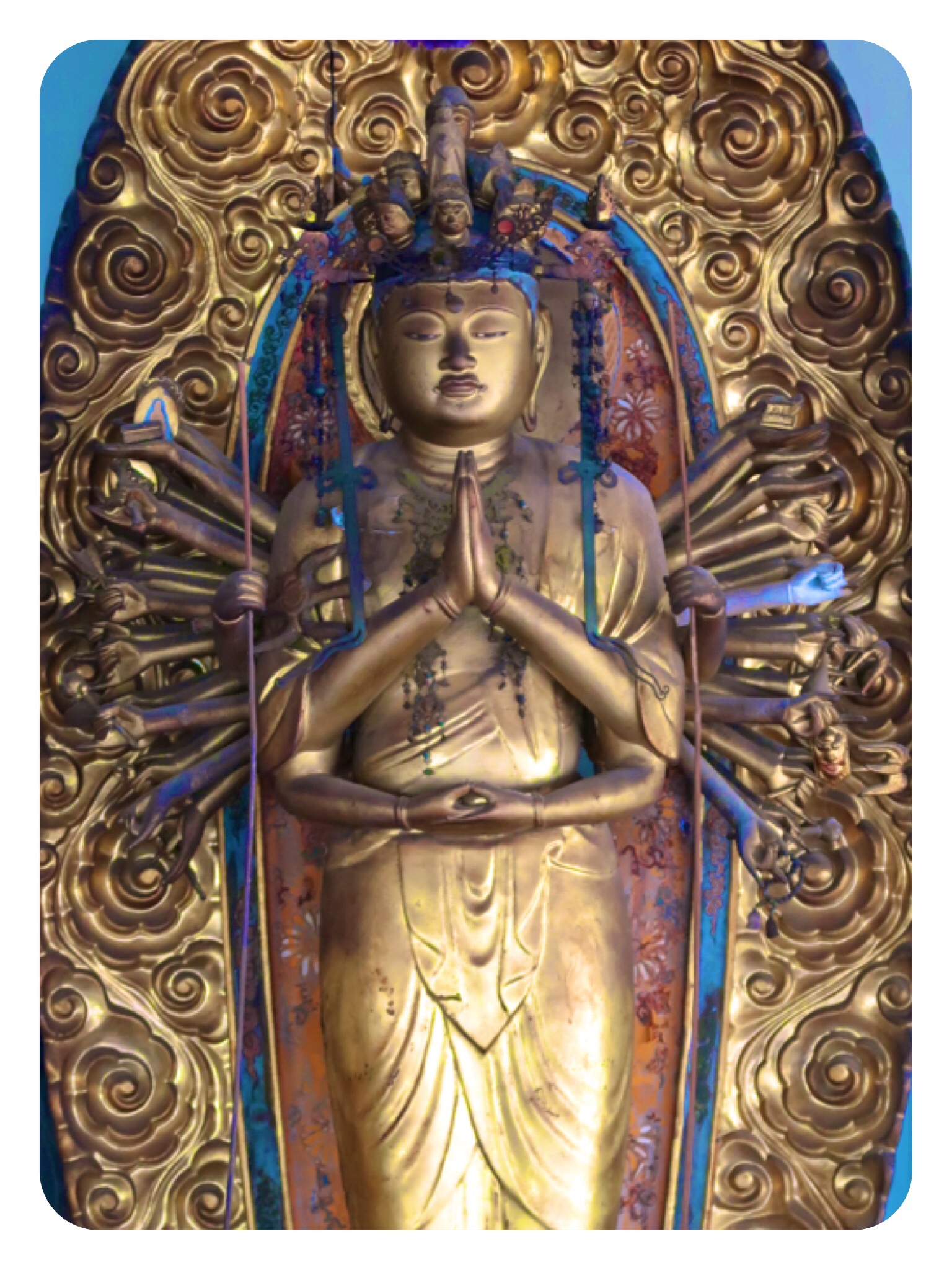
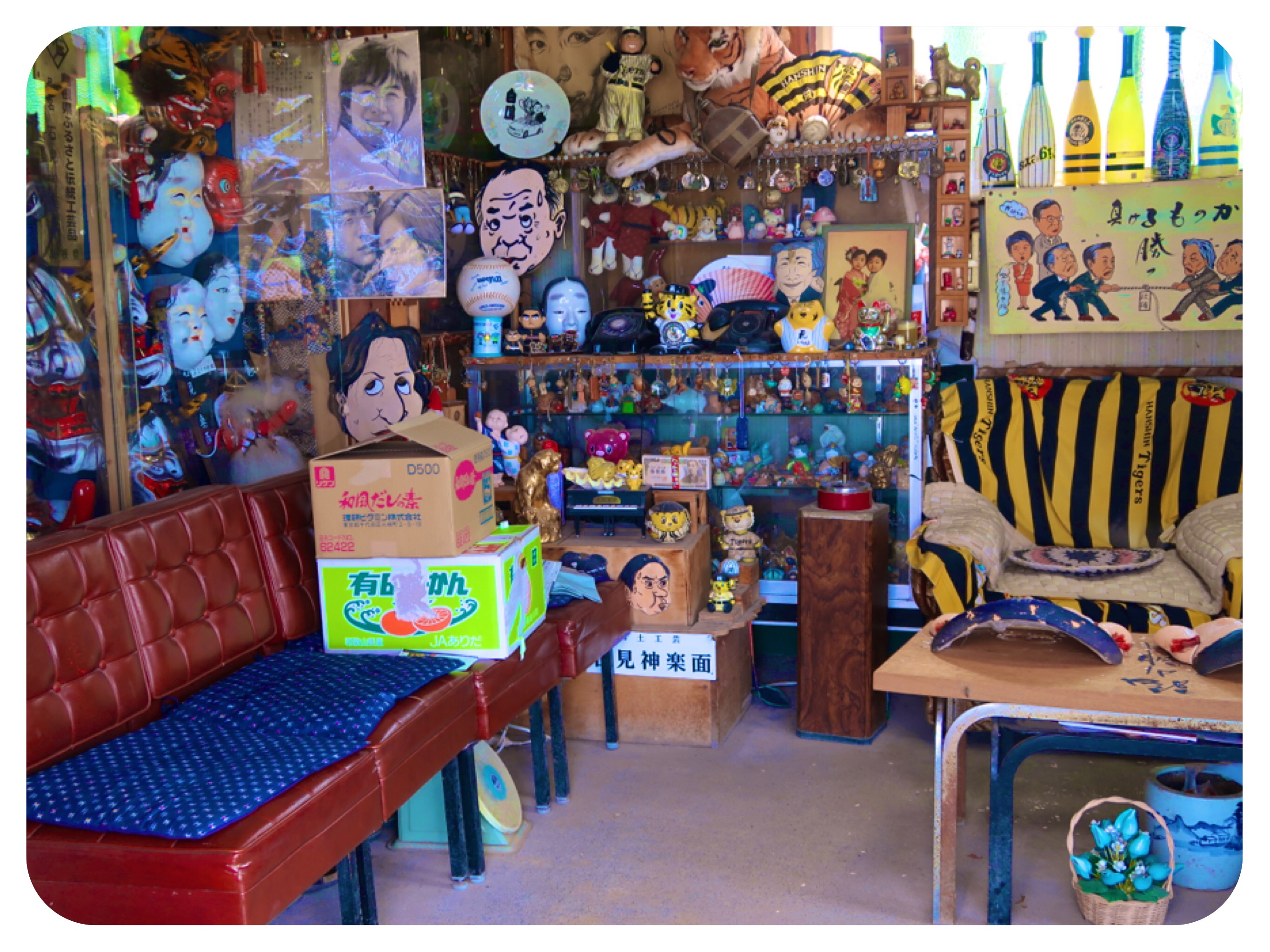











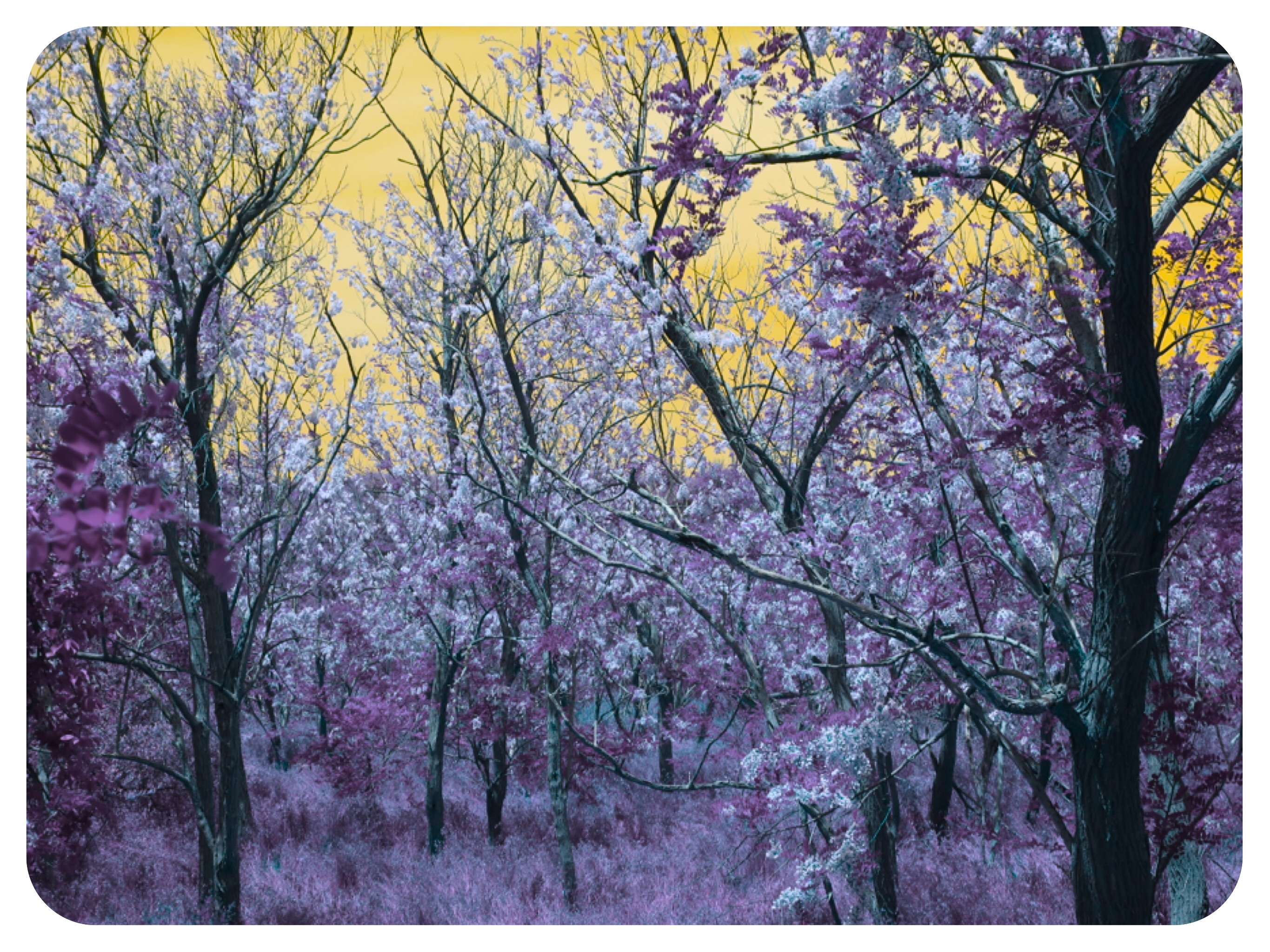




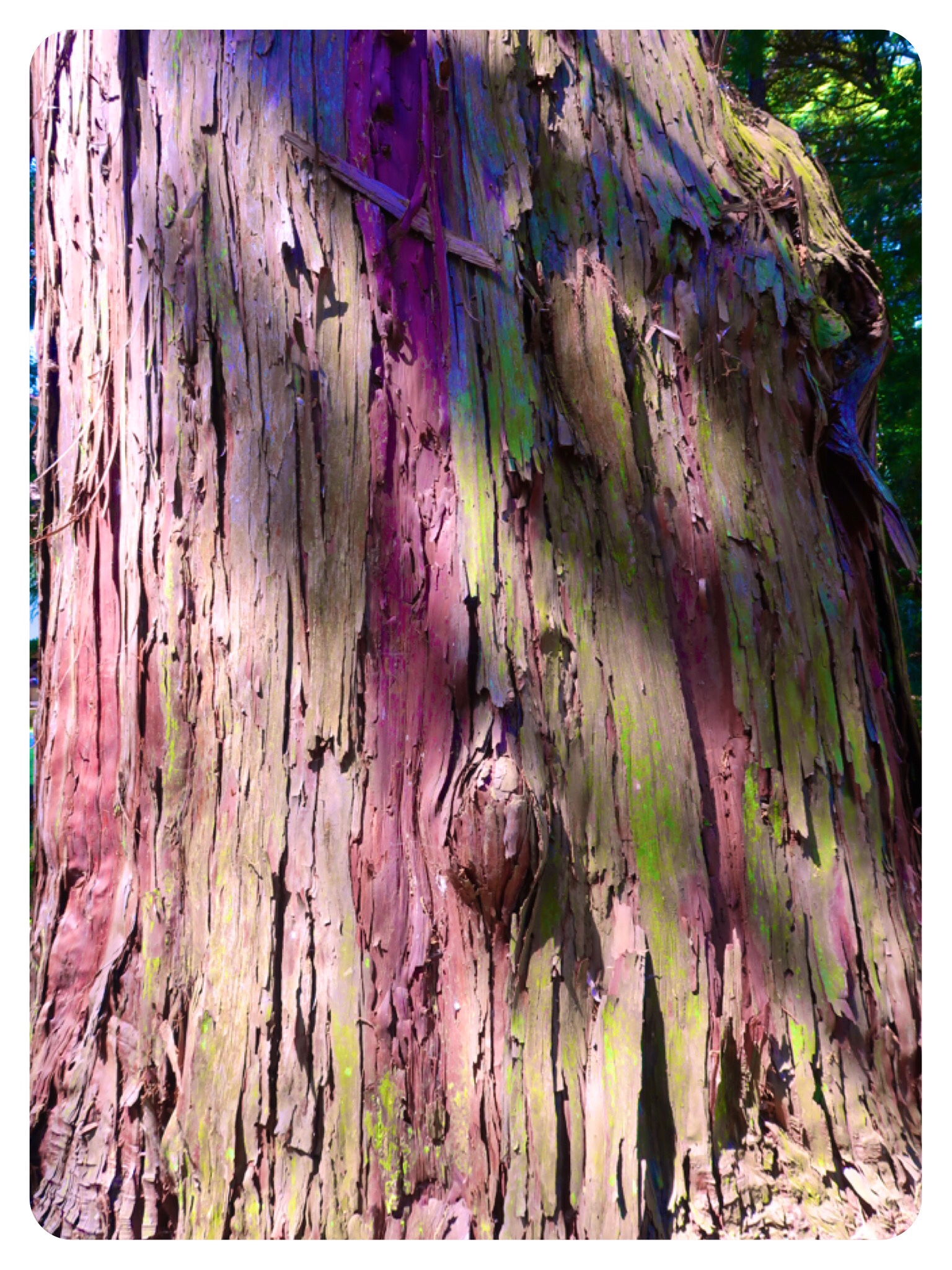


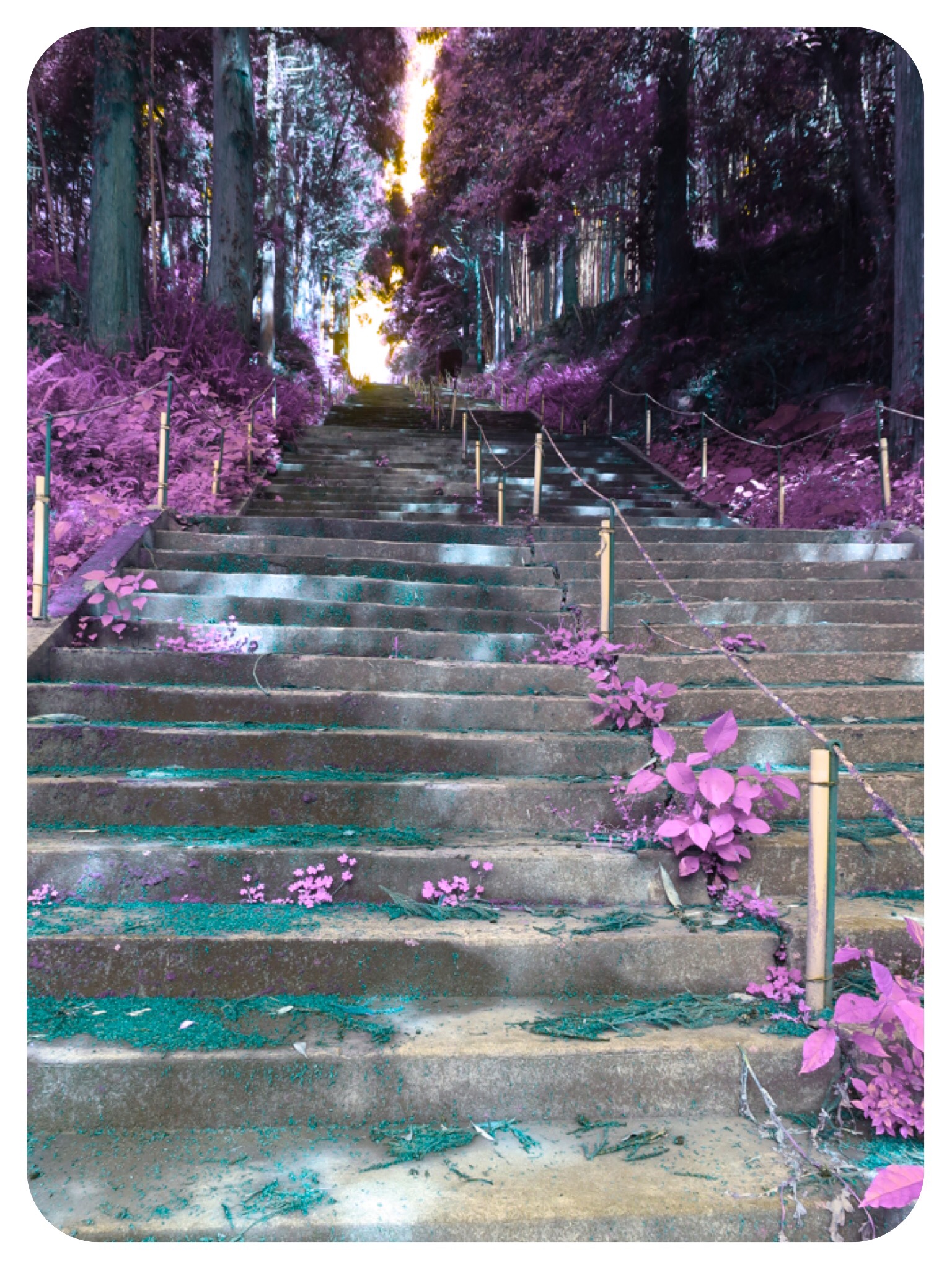
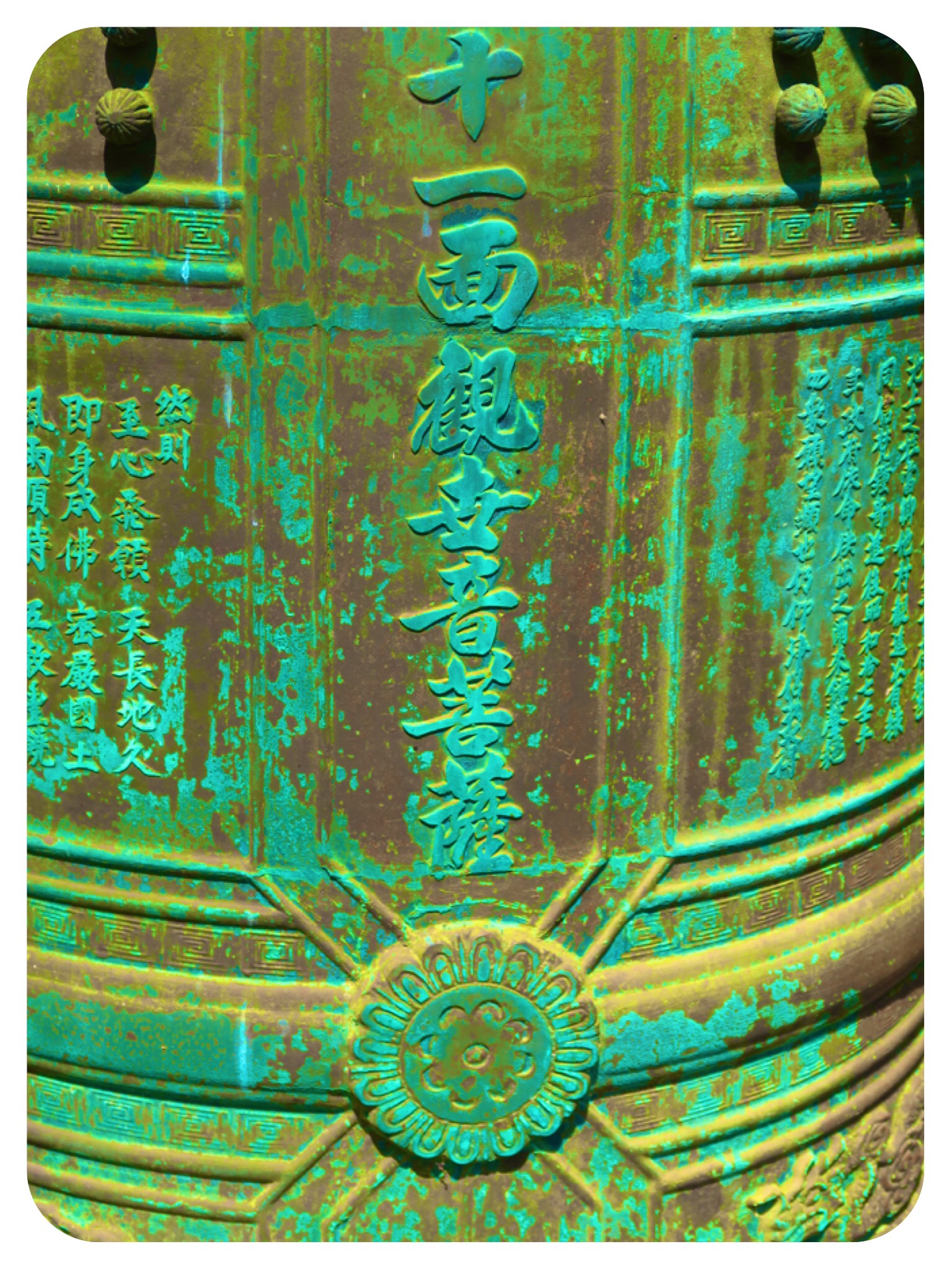




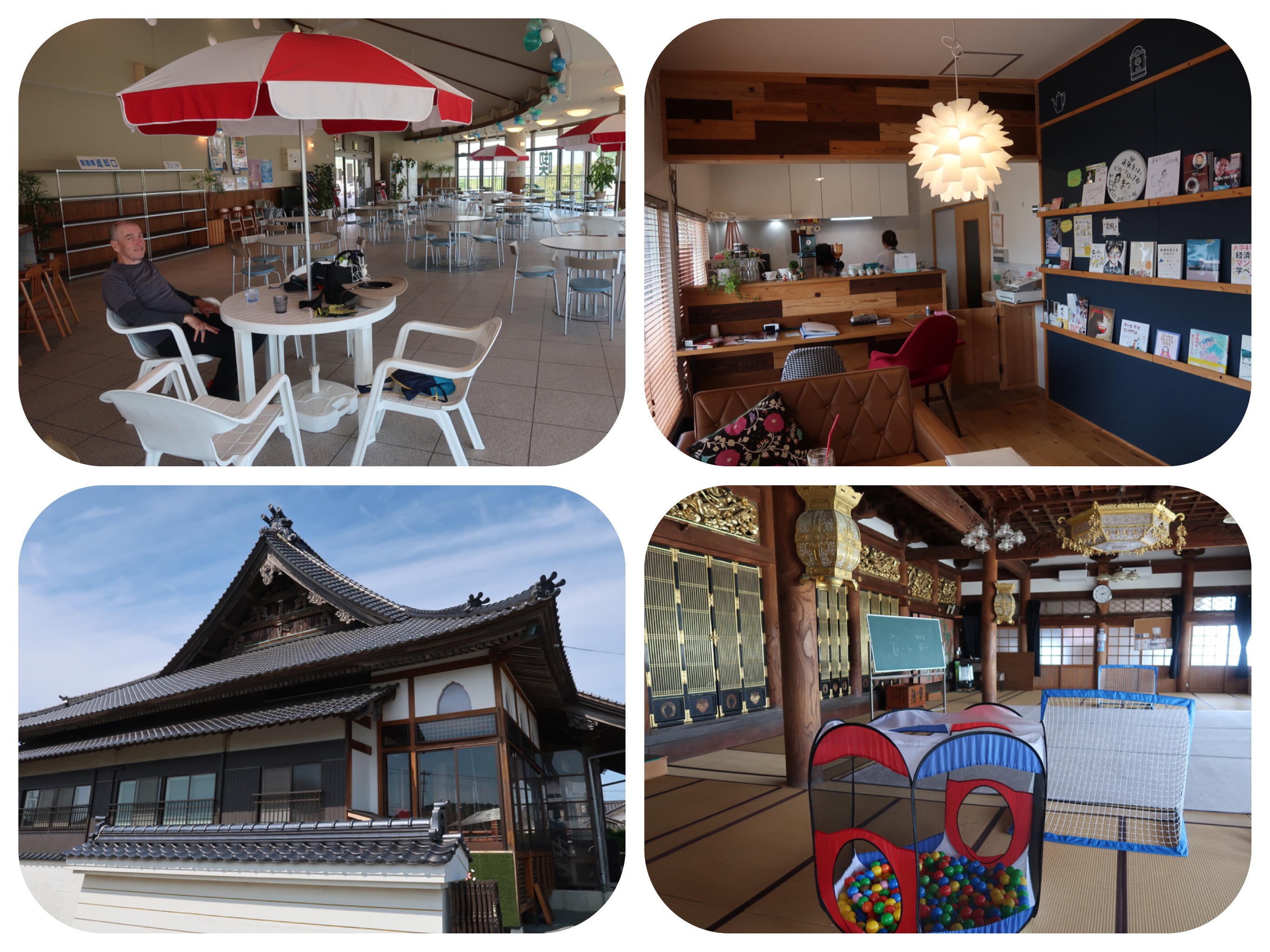


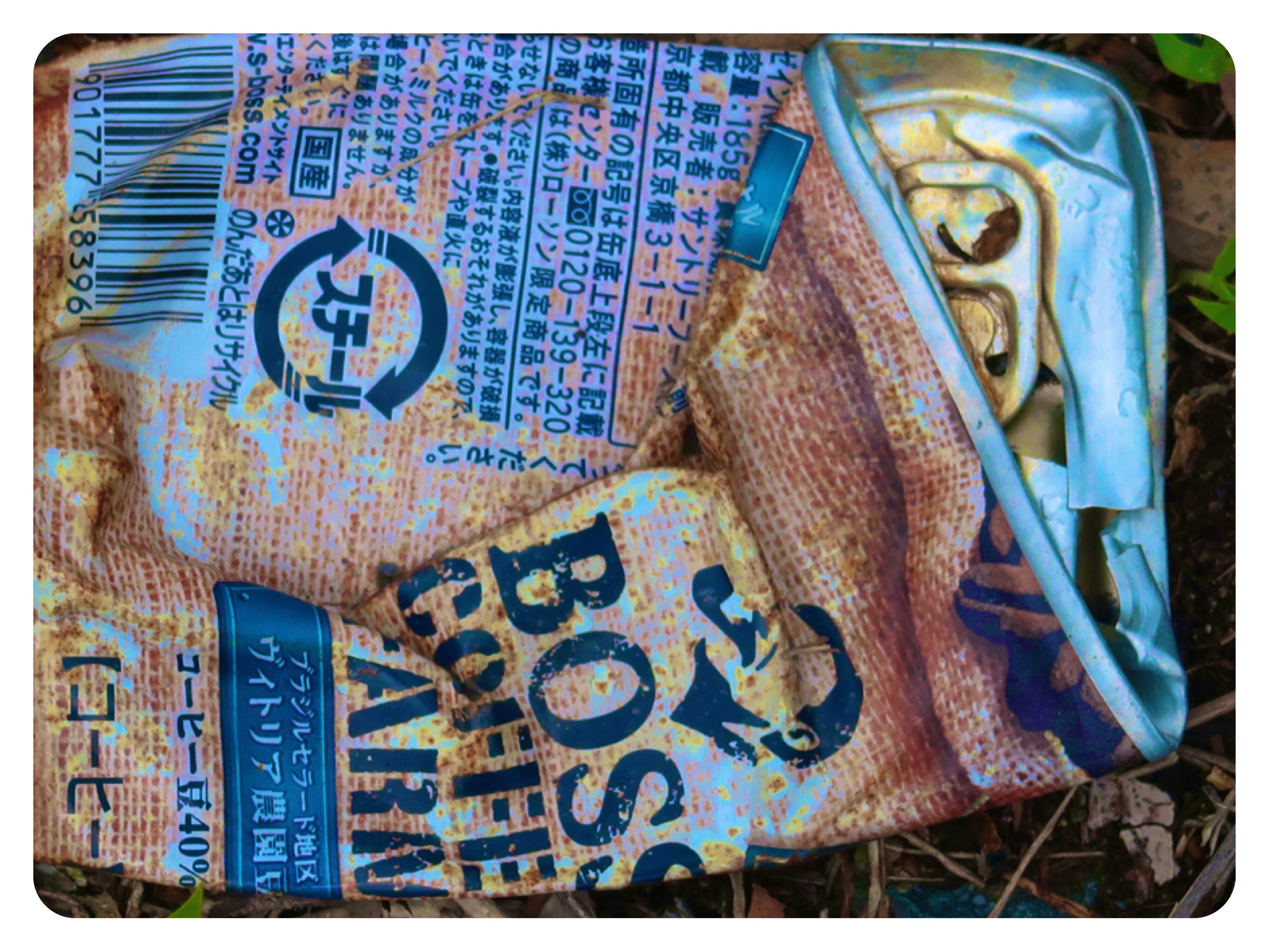







Day 40 - The Chūgoku 33 Temple Kannon Pilgrimage, Japan - The Sixty Driftwood Buddhas in Tadaji Temple #22, and Walking From Hamada to Gotsu
The sun was shining brightly this morning, promising a very warm day.
Since we already had walked the distance from Masuda to Hamada over the last three days, we took the early morning train from Masuda to Hamada, where our new Onsen hotel is located.
But before going to drop our backpacks at the hotel, we walked to Tadaji, temple #22 on our pilgrimage list.
Tadaji is located a few kilometers north of Hamada station, on a steep hill.
The map showed a winding road, meandering up the small hill.
But as we started climbing the hill, we came upon a steep and long stairway leading up the hill.
I asked a lady who was watering her flowers if this steep stone stairway would lead to Tadaji, and she said yes.
Up we climbed to the temple, stopping a few times midway to catch our breaths.
The name Tadaji, literally means “A very steep/precipitous temple.”
The Nio-mon gate had two beautiful wooden guardians, one standing on each side of the gate.
The temple was empty when we entered, and no cars were near the family’s house attached to the temple.
We took off our backpacks and walked around the temple grounds.
There was a statue of Kukai, standing next to red Torii gates, farther up the hill.
Kamijo, the founder of Tadaji, was a disciple of the great Japanese Buddhist priest Kukai (Kobo Daishi) (774-835), the founder of the Shingon school of Buddhism.
Kukai brought to Japan the tantric teaching of Buddhism from China. Kamijo accompanied Kukai to Tang China at the end of the 8th century, where they both studied under the Buddhist monk Huiguo.
Kamijo returned to Japan in 806, two years before Kukai did, and in his subsequent wanderings settled on the current site as an auspicious location -which no doubt had something to do with the magical energies of the place and the view.
It is also said that this mountain was the location of an earlier Kofun keyhole burial mound, that held great energetic powers.
Here he established Tadaji temple, enshrining a golden statue of Kannon, the goddess of mercy that he had brought back from China.
Below his statue on the hill, there is a Chūgoku 33 temple mini-pilgrimage.
Each temple is represented by a granite post with its name and number, and a small walking path takes a visitor through what will take us two and a half months, in two and a half minutes.
We took off our shoes and entered the Hondo (main temple hall).
Inside the main hall, we saw the amazing collection of the “ Sixty Wooden Tenbuzougun.”
They date from somewhere between the mid 10th and late 11th centuries.
These 60 Buddha statues were created from driftwood, washed up on the nearby sandy white shores.
A cute little Buddha, made from a fishing buoy, stands by the temple’s door.
The four characters on the doll, 平生往生, are pronounced hei-zei-oh-joh.
This is originally a Buddhist phrase that means something like, “All good things come to those who wait.”
It means to say that attaining Enlightenment or Buddhahood, is a natural process for those devoted to living a life of virtue, Self discipline and truth, and awaiting that moment of salvation.
However, it has also another meaning of, “A stitch in time saves nine.”
The saying originated in the teachings of Shinran (1173-1263), the monk who founded the Jodo Shinshu sect of Buddhism.
The saying, “A stitch in time saves nine” means that promptly sewing up a small hole or tear in a piece of fabric, will save you the need for more stitching at a later date, when the hole has become much larger.
In Buddhist or Spiritual practice, it means that one should not delay starting his devotional practice to expanding her/his understanding of our innate Divinity, because the longer you wait, the greater the gap or the hole will become.
When we finished our prayers and chanting, we rang the bell at the temple’s office.
A woman appeared and she stamped our pilgrim’s book and scroll.
She also chatted with us, and upon hearing that we were walking, she asked us to wait and returned with some cookies printed with the temple’s name on them.
She told us that the cookies are delicious, and not just a souvenir.
As we got ready to walk down the hill, her daughter came with her car.
She looked at the empty parking lot and asked us in astonishment if we had come on foot.
We said that we had, and that we are walking the Chūgoku 33 Kannon pilgrimage.
She could not believe her ears, and she complimented us on our strength and determination.
From Tadaji, we walked down to our beach front hot spring hotel.
The sandy white beach stretches along the coast, and a few people were in the water on stand up paddle boards.
We left our backpacks with the hotel, and started walking north out of Hamada.
The day was very hot, and I felt that I had made a mistake by booking a hotel that was not located near a train station.
I had booked this hotel for three nights, hoping that from here, we can walk north every day, on our way to Oda.
But without being able to return to the hotel easily every day, it would not be easy to cover the distance required.
The walk was beautiful.
The San-in Coast has really beautiful white sand beaches, and in the Middle Ages, the port in Hamada prospered as the main regional shipping port doing continental trade.
The road did not always follow the coast, so we climbed up hills and down again, and walked along busy route 9, linking this region with Izumo.
There were very few places for us to stop and rest.
Our first stop was at a cafe by the Seaquarium, a huge park with restaurants and a big aquarium.
We rested a little there.
The next rest stop was in the town of Uyagawa.
My map showed that there was a very cool cafe called “Sara Cafe.”
But when we got there, all we saw was a huge Buddhist temple.
A flag at the front said that the Sara Cafe was inside the temple.
Indeed, the left side of Renkyouji temple has been converted into a very contemporary cafe.
The walls were lined with books about Buddhism and lifestyle.
The furniture included sofas and comfy armchairs.
A young married couple run the cafe.
They served us delicious iced café mochas, Matcha scones and a delicious pizza toast.
We have read that many temples in Japan are reinventing themselves to attract more people and also appeal to younger people.
Some temples host art exhibitions, flower shows and music concerts.
This is the first time we have been to such a cool modern cafe inside a temple.
A group of young women were enjoying their coffee and cake sets at a table next to us.
I felt revived after our visit to the café.
Before that I was dragging my feet, feeling dispirited and fatigued from so many days of long hours of walking.
We stopped walking in the town of Gotsu by 5 PM.
We still needed to return to our Onsen hotel, check in and soak in the hot springs.
There was a bus that took us straight to the hotel.
I felt so much better about booking the hotel for three nights after seeing that we have such convenient bus access to return to the hotel.
We got a seaside view room and went to soak in the hot springs.
The hot springs bath overlooked the sunset over the sea.
At first it was golden and then the sky turned pink with red tones.
The sunset scenery overlooking the San-in Coast, has a reputation for its unbelievable beauty and solemnity.
Many Buddhists living here believe that it is possible to see the light of the Western Pure Land Of Paradise, in this setting sun.....
I felt serene and contented....grateful and happy to be alive.
Sending you rays of light from this mystical sunset,
Tali
Daily Stats:
Steps: 28,598 steps
Distance Walked: 21 Kilometers
Active Walking: 5 hours
Total Time: 7 hours
Total distance walked on the pilgrimage so far: 834.5 Kilometers
Temple Visited: Tadaji temple #22 (多陀寺) in Hamada
Accommodation: Onsen Hotel Senjoen, in Shimoko Hamada.
Seaside hot springs hotel with a white sandy beach, a hot spring bath overlooking the sea, comfortable and clean room and very delicious dinner and breakfast.